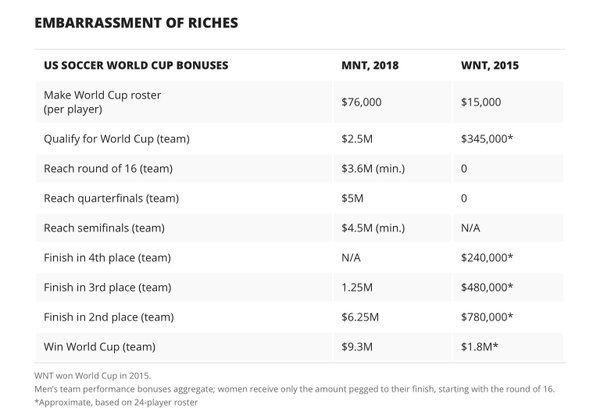I was on Spring Break last week and I took my wife and two youngest sons to California. First, let me say, SoCal was pretty great! 70’s and Sunny, like 8 days in a row. I don’t think I’ve seen 70s and sunny for eight straight days in Michigan, ever! We stayed in Hermosa Beach. It was awesome. Perfect California vibe.
We also did a day at Disneyland and California Adventure.
I would say I’m a casual fan of Disney. I’m not a crazy Disney person, you know who you are. My sons are 19, 17 and 12. We haven’t been to Disney in about ten years. The last time we went was to Orlando and Disney World. We had a great experience.
This experience was fine. Do you think Disney would like as a review? “Yeah, it was fine. It cost about $1000 for one day for a family of four and it seemed pretty fine…”
Fine.
The weather was great. Disney didn’t provide that. That was California and Delta Airlines.
It started off with me entering the Disney parking garage and paying $10. $10 to park? I’m about to pay $169 per person for one-day hopper passes and Disney feels like I should also pay $10. I would have rather paid $179 for each ticket ($40 towards parking), and not have paid anything for parking! It’s the principle of it. You’re killing me to enter the park, at least, let me park for free.
The reason we go to Disney is because it’s supposed to Magical! That magic includes how you are treated, the cleanliness of the parks, how helpful the workers are, etc. You leave going, “Holy crap! Now that is customer service!” I left saying, “It was fine.”
The cost of stuff at Disney isn’t an issue for me. If you go to Disney you have to know you’re giving up a year of college for your kids. It’s a trade off so many families make on an annual basis. It just is what it is. For that huge cost, I do expect to the ‘classic’ Disney customer service.
I’ll give you some examples of things I was part of that showed me Disney has dropped off considerably:
- When you go on a ride at Disney those workers who are manning the ride are really into it, or at least, they should be. The workers at Disneyland were similar to the workers of any theme park I’ve been to in the last ten years. For that matter, they were similar to any fast-food workers I’ve come into contact with. I’m here. I’m getting paid to do this job. Next.
- Part of going to Disney is waiting in line. You have a lot of time to watch what’s going on. The details are what used to make Disney great. We were going on the Buzz Lightyear ride and the line was going out into the walkway. Disney likes to keep people in the line maze, so the guy in charge of Buzz Lightyear stopped to passing Disney workers from another ride to ask for help in extending his line. Both looked at him like, how dare you ask us! The one even said, “this isn’t my ride, I don’t know how to do that.” He was good, knowing he had guests watching, he said, “if you just watch my post for ten seconds I’ll take care of it.” She agreed and he ran and took care of it. She then complained to her coworker the entire thirty seconds he went to take care of this problem. This is not the Disney I expected.
- At one point I needed to use the restroom. I stopped a Disney worker and asked where I could find a restroom. He gave me directions. Go down that road, take a right, etc. Okay. My Disney expectation was this worker would have shown me where to go, at least, part way. “Let me show you.” Instead of, “Take the third right at the next intersection.”
For those who haven’t ever been to Disney, this might seem silly. I would say Disney expects more. Thus, I expect more when I go. My $1000 expects more ($10 for parking, $700 for tickets, $200 for food and drinks and $100 for souvenirs).
After spending 14 hours at the two parks on one day, I left feeling like Disney is no longer the most magical place on Earth. It was more like the most average place on Earth. My wife and kids felt the same way.
So, why does any of this matter? If you position yourself as “great”, as “the best”, as “magical”, people expect you’ll actually be that thing. Universal Studios doesn’t have this issue, but the experience is almost exactly the same. Under promise, over deliver. Disney is in an over promise, under deliver problem.
The one bad thing about marketing yourself as ‘magical’ is that people expect the experience to be, magical.

